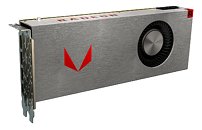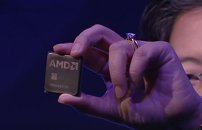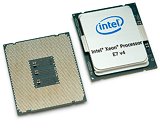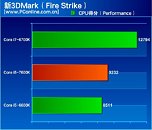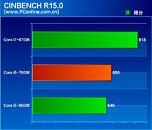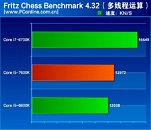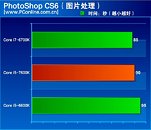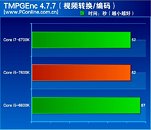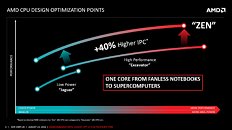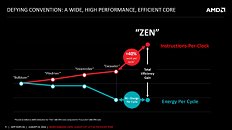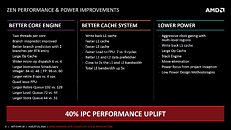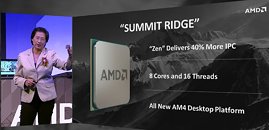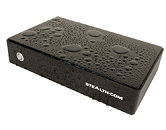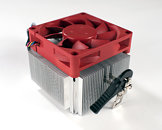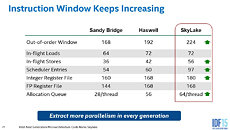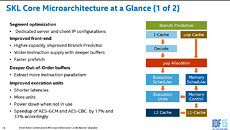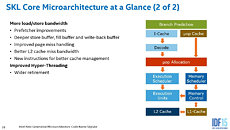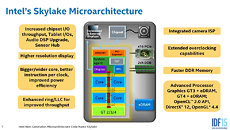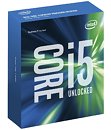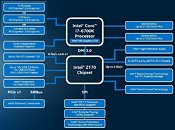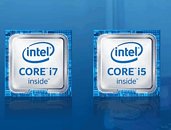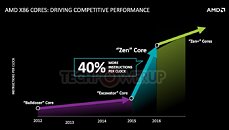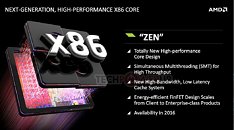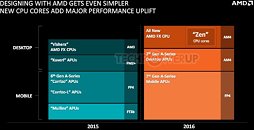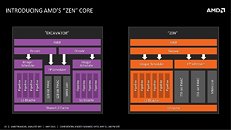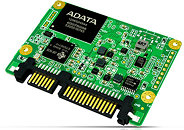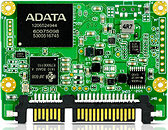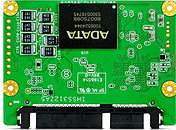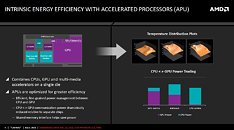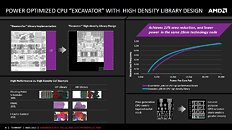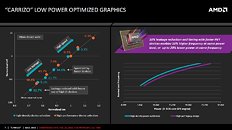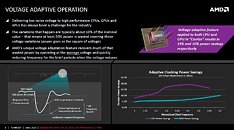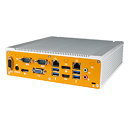
AMD RX Vega Mining Performance Reportedly Doubled With Driver Updates
Disclaimer: take this post with a bucket of salt. However, the information here, if true, could heavily impact AMD's RX Vega cards' stock at launch and in the subsequent days, so, we're sharing this so our readers can decide on whether they want to pull the trigger for a Vega card at launch, as soon as possible, or risk what would seem like the equivalent of a mining Black Friday crowd gobbling up AMD's RX Vega models' stock. Remember that AMD has already justified delays for increased stock so as to limit the impact of miners on the available supply.
The information has been put out by two different sources already. The first source we encountered (and which has been covered by some media outlets solo) has been one post from one of OC UK's staff, Gibbo, who in a forum post, said "Seems the hash rate on VEGA is 70-100 per card, which is insanely good. Trying to devise some kind of plan so gamers can get them at MSRP without the miners wiping all the stock out within 5 minutes of product going live."
The information has been put out by two different sources already. The first source we encountered (and which has been covered by some media outlets solo) has been one post from one of OC UK's staff, Gibbo, who in a forum post, said "Seems the hash rate on VEGA is 70-100 per card, which is insanely good. Trying to devise some kind of plan so gamers can get them at MSRP without the miners wiping all the stock out within 5 minutes of product going live."
